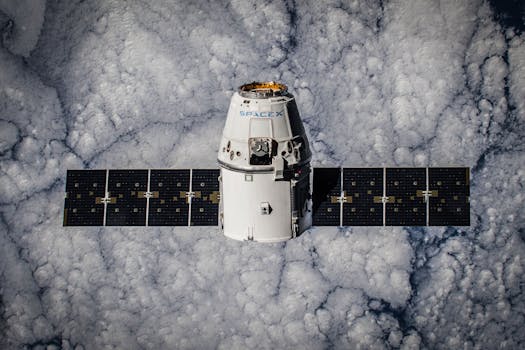
The Future of Satellite Technology: Trends and Innovations
The future of satellite technology is rapidly evolving, with new trends and innovations emerging every day. Satellite technology has come a long way since its inception, and it continues to play a vital role in various aspects of our lives, including communication, navigation, weather forecasting, and more.
One of the significant trends in satellite technology is the development of small satellites, also known as CubeSats. These satellites are smaller, lighter, and more affordable than traditional satellites, making them an attractive option for many organizations and countries. Small satellites are being used for a variety of purposes, including Earth observation, communication, and scientific research.
Advances in Satellite Manufacturing
Another trend in satellite technology is the advancement in manufacturing techniques. New materials and technologies are being developed to make satellites more efficient, durable, and cost-effective. For example, the use of 3D printing is becoming increasingly popular in satellite manufacturing, as it allows for the creation of complex structures and components with greater precision and speed.
Satellite technology is also being driven by the increasing demand for satellite-based services, such as satellite internet and television. The growth of the global satellite market is expected to continue in the coming years, driven by the increasing adoption of satellite-based services in various industries, including telecommunications, broadcasting, and navigation.
Emerging Trends and Innovations
Several emerging trends and innovations are expected to shape the future of satellite technology. One of the most significant trends is the development of satellite constellations, which involve launching multiple satellites into orbit to provide global coverage and connectivity. Satellite constellations are being developed by several companies, including SpaceX, OneWeb, and Amazon’s Kuiper Systems.
Another trend is the use of artificial intelligence and machine learning in satellite technology. AI and ML are being used to improve the performance and efficiency of satellites, as well as to analyze the vast amounts of data generated by satellites. For example, AI can be used to predict and prevent satellite failures, while ML can be used to improve the accuracy of satellite-based navigation systems.
Conclusion
In conclusion, the future of satellite technology is exciting and rapidly evolving. With new trends and innovations emerging every day, satellite technology is expected to play an increasingly important role in various aspects of our lives. As the demand for satellite-based services continues to grow, we can expect to see significant advancements in satellite manufacturing, satellite constellations, and the use of AI and ML in satellite technology.

